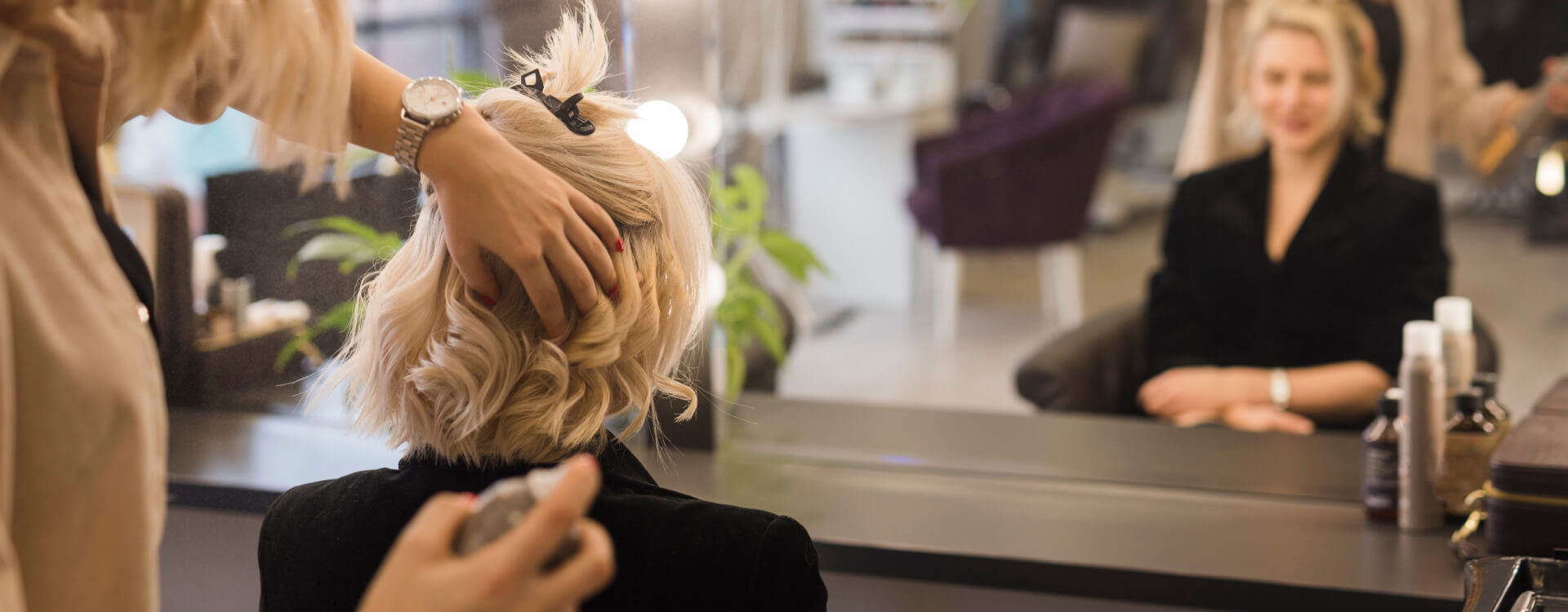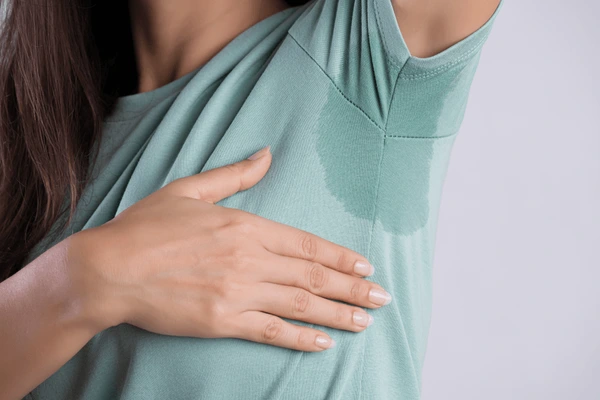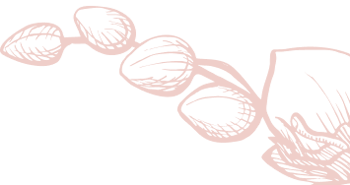
About
Excessive Sweatting
Say goodbye to excessive sweating (hyperhidrosis) with expert treatments at The Velvet Skin Centre, Indira Nagar, Lucknow. Our dermatologist provides safe, long-lasting relief.
Book Appointment NowCall to book Appointment +91 8002558860

About
Say goodbye to excessive sweating (hyperhidrosis) with expert treatments at The Velvet Skin Centre, Indira Nagar, Lucknow. Our dermatologist provides safe, long-lasting relief.
Book Appointment NowHyperhidrosis affects up to 3% of the population, and complications are rarely medically serious. However, excessive Sweating may be off the scale of discomfort. Complications of hyperhidrosis may include skin problems but are usually minor. However, it can lead to significant psychological stress.

Dr. Asma provides advanced excessive sweating (hyperhidrosis) treatment in Lucknow at The Velvet Skin Centre, Indira Nagar. Persistent sweating of palms, soles, or underarms can be uncomfortable and socially distressing. Our treatments, including Botox injections and medical therapies, effectively reduce sweat production. With expert care, patients enjoy long-lasting relief, improved confidence, and better quality of life.
It is a condition that causes excessive Sweating. The term "hyperhidrosis" (hi-purr-hi-DROE-sis) means excessive (hyper) Sweating (hyperhidrosis).
Excessive Sweating occurs when a person sweats more than necessary. Yes, you have to sweat. Sweating cools the body and protects us from overheating. However, people with hyperhidrosis sweat when they don't need to cool down.
Many people with hyperhidrosis sweat in one or two areas of the body. They usually sweat on their palms, feet, forearms, or head. The rest of the body remains dry, but one or two spots may be dripping with sweat.
Hyperhidrosis affects up to 3% of the population, and complications are rarely medically serious. However, excessive Sweating may be off the scale of discomfort. Complications of hyperhidrosis may include skin problems but are usually minor. However, it can lead to significant psychological stress.
It is a condition that causes excessive Sweating. The term "hyperhidrosis" (hi-purr-hi-DROE-sis) means excessive (hyper) Sweating (hyperhidrosis).
Excessive Sweating occurs when a person sweats more than necessary. Yes, you have to sweat. Sweating cools the body and protects us from overheating. However, people with hyperhidrosis sweat when they don't need to cool down.
Many people with hyperhidrosis sweat in one or two areas of the body. They usually sweat on their palms, feet, forearms, or head. The rest of the body remains dry, but one or two spots may be dripping with sweat.
Specific nerves inform the body when to sweat. It is likely that these nerves overreact, causing extreme Sweating.
We understand that you cannot catch it from somebody.
Dermatologists continue to study what drives this condition. They also continue to improve treatments. If excessive Sweating interferes with your life, consider seeing a dermatologist. Many effective treatments are available.
It is challenging to say how many people have extreme Sweating. Many people never see a doctor. Some are too regretful to talk with a doctor. Others do not recognize that this is a treatable medical condition. Dermatologists calculate that 3% of people in the United States have excessive Sweating.
We know that some people are better likely to get hyperhidrosis. Experimenters have learned that most people have one of the following:
When excessive Sweating happens in one or two areas of the body, it is likely that a family member also has this disease.
Many medical conditions can cause excessive Sweating. These include diabetes and gout. A tumour or injury also can cause excessive Sweating.
Women often sweat excessively when they get hot flashes during menopause. The cause is obvious. Some women, yet, develop excessive Sweating after they have gone through menopause. This Sweating accomplishes yet to have an obvious cause.
People of all races get hyperhidrosis. Excessive Sweating can begin at any age. For many people, it begins when they are a child or teen. Dermatologists believe that more kids and adolescents have this condition than are diagnosed.
Whether you live in a cold or warm climate, you can have hyperhidrosis.
Excessive Sweating that affects most of the body is called generalized excessive Sweating. Usually, no specific cause is found. However, several disorders can cause generalized excessive Sweating, including heat exposure and fevers.
Sometimes the area becomes red and inflamed. The area may emit a foul odour (bromhidrosis) due to the sweat analysis by bacteria and yeasts that naturally live on the skin. Severe, chronic wetness can cause the affected area to be pale, wrinkled, and cracked. Threads may also evolve soaked with sweat.
People who perspire excessively are continually anxious about their condition, which may lead to social withdrawal. In addition, this anxiety may make the sweating worse.
Treatment relies on the type of hyperhidrosis and where the excessive Sweating appears on the body. Your dermatologist also evaluates your overall health and other factors.
Treatments that dermatologists use to help their patients control hyperhidrosis include:
This may be the first treatment that a dermatologist recommends. It is affordable. When used as directed, an antiperspirant can be effective. Your dermatologist may suggest a regular or clinical-strength antiperspirant. Some patients require a stronger antiperspirant and receive a prescription for one.
Uses: Apply to underarms, hands, feet, or hairline
How it works: The antiperspirant sits on top of your skin. As you sweat, the antiperspirant is dragged into your sweat glands. It plugs the sweat glands. When your body feels that its sweat glands are blocked, this should signal your body to prevent producing so much sweat.
Side effects: Where they apply the antiperspirant, some people develop:
Treatment relies on the type of hyperhidrosis and where the excessive Sweating appears on the body. Your dermatologist also evaluates your overall health and other factors.
Treatments that dermatologists use to help their patients control hyperhidrosis include:
This may be the first treatment that a dermatologist recommends. It is affordable. When used as directed, an antiperspirant can be effective. Your dermatologist may suggest a regular or clinical-strength antiperspirant. Some patients require a stronger antiperspirant and receive a prescription for one.
Uses: Apply to underarms, hands, feet, or hairline
How it works: The antiperspirant sits on top of your skin. As you sweat, the antiperspirant is dragged into your sweat glands. It plugs the sweat glands. When your body feels that its sweat glands are blocked, this should signal your body to prevent producing so much sweat.
Side effects: Where they apply the antiperspirant, some people develop:
If these occur, be sure to tell your dermatologist. Changing how you use the antiperspirant can relieve these side effects.
Risk factors: Aluminum not a cause (Alzheimer’s Association)
This may be an option if excessive Sweating affects your hands, feet, or both spots. You will use this treatment at home. It needs you to engage your hands or feet in a surface pan of tap water. As you do this, a medical instrument sends a low-voltage current through the water.
Many people receive relief. Some people oppose this treatment can be time-consuming.
Uses: Hands and feet
How it works: The electric current locks down the treated sweat glands temporarily.
Most people need 6 to 10 treatments to shut down the sweat glands. To get advanced, you begin by using the instrument as often as your dermatologist recommends. At first, you may require two or three treatments per week. A treatment session usually carries 20 to 40 minutes.
Once you see results, you can repeat the treatment as needed to maintain results. It can range from once a week to once a month.
If this treatment is right for you, your dermatologist will guide you on how to use the machine and give you a prescription so that you can buy one. Some patients also obtain a prescription for a medicine they add to the tap water.
Side effects: Some people develop:
If you experience any side results, tell your dermatologist. Making some changes often stops these side effects.
Your dermatologist can inject a weak form of this medicine into your underarms. To treat excessive Sweating, a patient must have very tiny amounts injected in many underarms areas. When performed properly, patients have little discomfort or discomfort.
Uses: Underarms
The Food and Drug Administration (FDA) has approved this treatment for the underarms. Some research studies suggest this treatment may be effective for other body areas. It may help post-menopausal females who sweat overly on the head. It may be effective for extreme Sweating that affects the hands and feet.
How it works: The injections temporarily block a chemical in the body that promotes the sweat glands. Most patients detect results four to five days after receiving treatment.
Reduced sweating lasts about four to six months, sometimes longer. When the excessive Sweating returns, you can retreat.
Side effects: The most familiar one is temporary muscle weakness, which can happen when this is injected into the hands.
The U.S. Food and Drug Administration (FDA) has endorsed this treatment for people who have extreme underarm Sweating and are nine years or older.
How it works: These individually bound cloths have an active ingredient, glypyrronium tosylate, that can reduce underarm Sweating.
Uses: Most people utilize one wipe per day at the house to treat both underarms.
Side effects: Possible side impacts have dry mouth, redness on the treated skin, and stinging or burning where the wipe touches your skin.
Some patients receive a prescription for a medicine that temporarily prevents them from sweating. These medicines work throughout the body.
How it works: These drugs prevent the sweat glands from working. Athletes, individuals who work in a desirable place, and anyone who lives in warm weather should use extreme caution when using this medicine. The body may not be capable of cooling itself.
Uses: These medicines can effectively treat sweating that involves the entire body. This medicine also can be a useful treatment for post-menopausal women who sweat overly only from their heads.
Side effects: The medicines that prevent the sweat glands from working can cause:
The risk of side effects increases with higher doses. Before taking this medicine, you should discuss your risks and benefits with your dermatologist.
Consult Your Doctor the risks and benefits of this medication with your dermatologist before taking it.About
About
With multiple skin and hair care clinics across Lucknow, including The Velvet Skin Centre led by Dr. Asma – the best skin doctor in Lucknow and a trusted hair specialist doctor in Lucknow – we make expert dermatological treatments easily accessible, ensuring you receive the best care close to home.
Phone: +91 8002558860
Phone: +91 8002558860
Phone: +91 8002558860

Copyright @ 2025 The Velvet Skin Centre All Rights Reserved